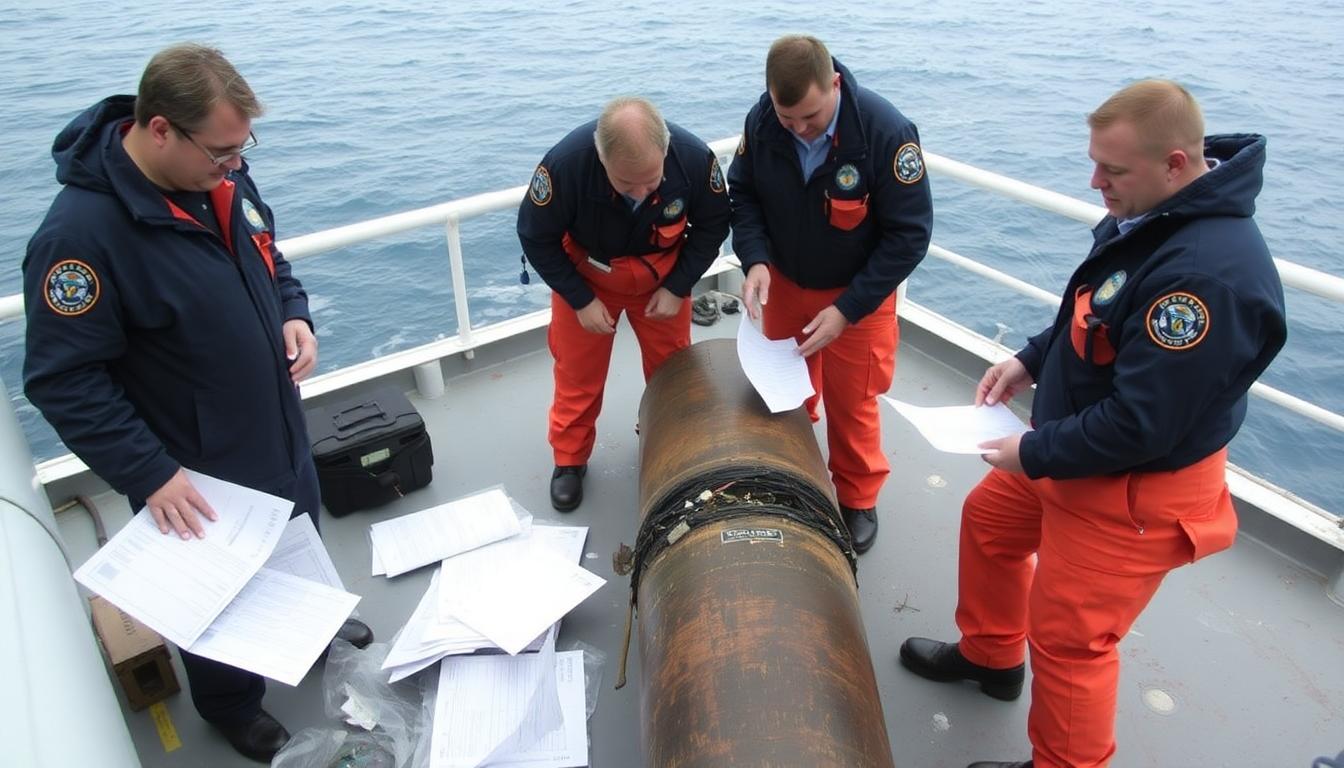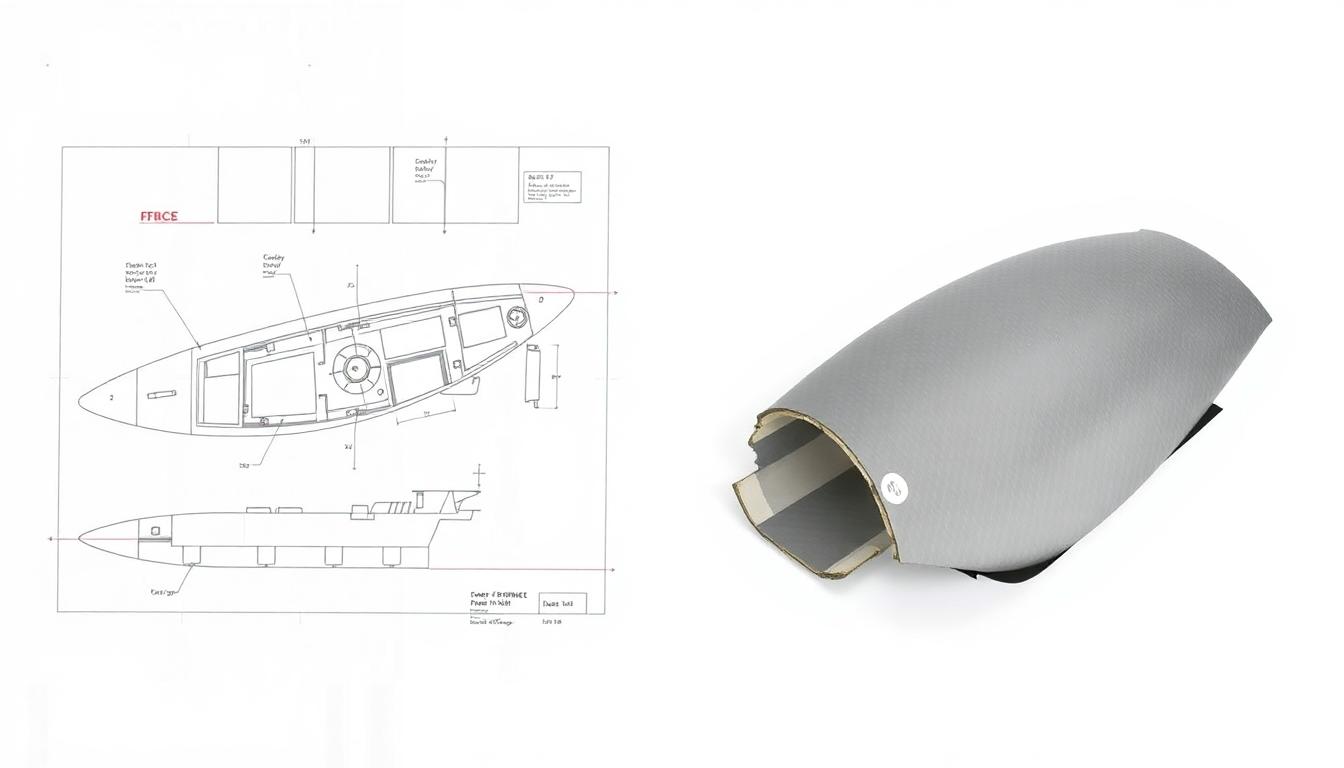Introduction
In August 2025, the U.S. Coast Guard released its final report on the tragic 2023 implosion of OceanGate’s Titan submersible. The accident claimed five lives and shook the world of deep-sea exploration. The investigation exposed deep flaws in design, safety culture, and industry oversight, making the event a turning point for subsea travel.
Breakdown of the Tragedy
The report traces the root cause of the disaster to the Titan’s pressure hull—a part critical for withstanding intense ocean depths. Titan’s hull was made from carbon fiber, a choice that helped keep costs down but raised safety risks. Traditional submersibles typically use steel alloys that are proven under such pressure. OceanGate skipped key industry steps, such as proper certification and rigorous stress testing of its hull design.
For seven months leading up to its final dive, the vessel was stored outdoors, exposed to weather shifts. This allowed moisture and freezing temperatures to seep into the carbon fiber, silently weakening the hull’s strength. According to the Coast Guard, this poor storage likely helped set the stage for the vessel’s catastrophic failure.
A Culture That Dismissed Danger

OceanGate’s work culture played a central role in the tragedy. The report paints a picture of an organization where safety concerns were not just dismissed, but actively silenced. Employees who raised red flags about hull integrity or operational shortcuts, including experienced engineers, were either ignored or fired. The manual for running deep-sea missions was only four pages long—barely enough for a weekend hobby, let alone professional exploration.
CEO Stockton Rush and his team sidestepped tried-and-tested procedures, often exaggerating the tests and safety margins achieved by the vessel. The company put its faith in a real-time hull monitoring system, which was no substitute for proper design reviews and testing.
How Safety Was Ignored

The Titan disaster was less an accident and more a predictable outcome of unchecked risk. The Coast Guard details several ignored warnings, including formal complaints and engineering reports that flagged the sub’s structural weaknesses. These were often met with denial or threats. The company culture emphasized loyalty and a “can-do” attitude over meaningful technical review.
The Coast Guard’s investigation reveals that technical shortcuts—accepted as routine—were not only accepted by OceanGate leadership but normalized among staff. As a result, passengers and even some crew members operated with a false sense of security.
The Final Dive
On the day of the implosion, Titan dove beneath the North Atlantic, aiming to reach the wreck of the Titanic. At roughly 3,346 meters deep, the surface ship lost contact with the sub. The last message from the crew referenced dropping weights, which may have been a signal of distress as the team fought sudden issues.
Seconds later, onboard recorders went silent. The sub imploded just before 11 a.m., instantly killing all aboard. Wreckage was found about 500 meters from the Titanic itself. The victims included Stockton Rush, Titanic expert Paul-Henri Nargeolet, British adventurer Hamish Harding, and Pakistani citizens Shahzada and Suleman Dawood.
Regulatory Blind Spots

One of the report’s strongest criticisms is the lack of rules for new, experimental submersibles. While there are some international guidelines, none specifically covered OceanGate’s civilian craft. This gap allowed OceanGate to operate with little outside scrutiny.
The Coast Guard calls for new rules and a unified regulatory approach. This would require deeper oversight for vessel design, material testing, operational rules, and crew training. The report suggests that future sub designs must prove their safety through independent review and real-world testing before ever taking passengers.
Tough Lessons and New Standards
Besides technical and regulatory failings, the investigation urges all subsea companies to put safety above cost or speed. Those in the business of exploration must encourage transparency, support employee feedback, and never punish whistleblowers.
The Titan incident is now a powerful case study for both engineers and adventurers. Effective risk management, regular training, and maintenance are expected, not optional.
Moving Forward in Deep-Sea Exploration
The Coast Guard’s recommendations are a blueprint for preventing disasters like the Titan implosion. For deep-sea ventures, balancing curiosity with caution is no longer just good practice—it is an industry standard that will save lives.
Conclusion
The 2023 loss of Titan left five families grieving and the world demanding answers. The Coast Guard’s findings make clear: safety shortcuts and corporate hubris cannot be allowed in extreme exploration. Change is coming, both in design and in culture. Lessons from the Titan will influence submersible development, regulation, and adventure for years to come.
To contact us click Here .







